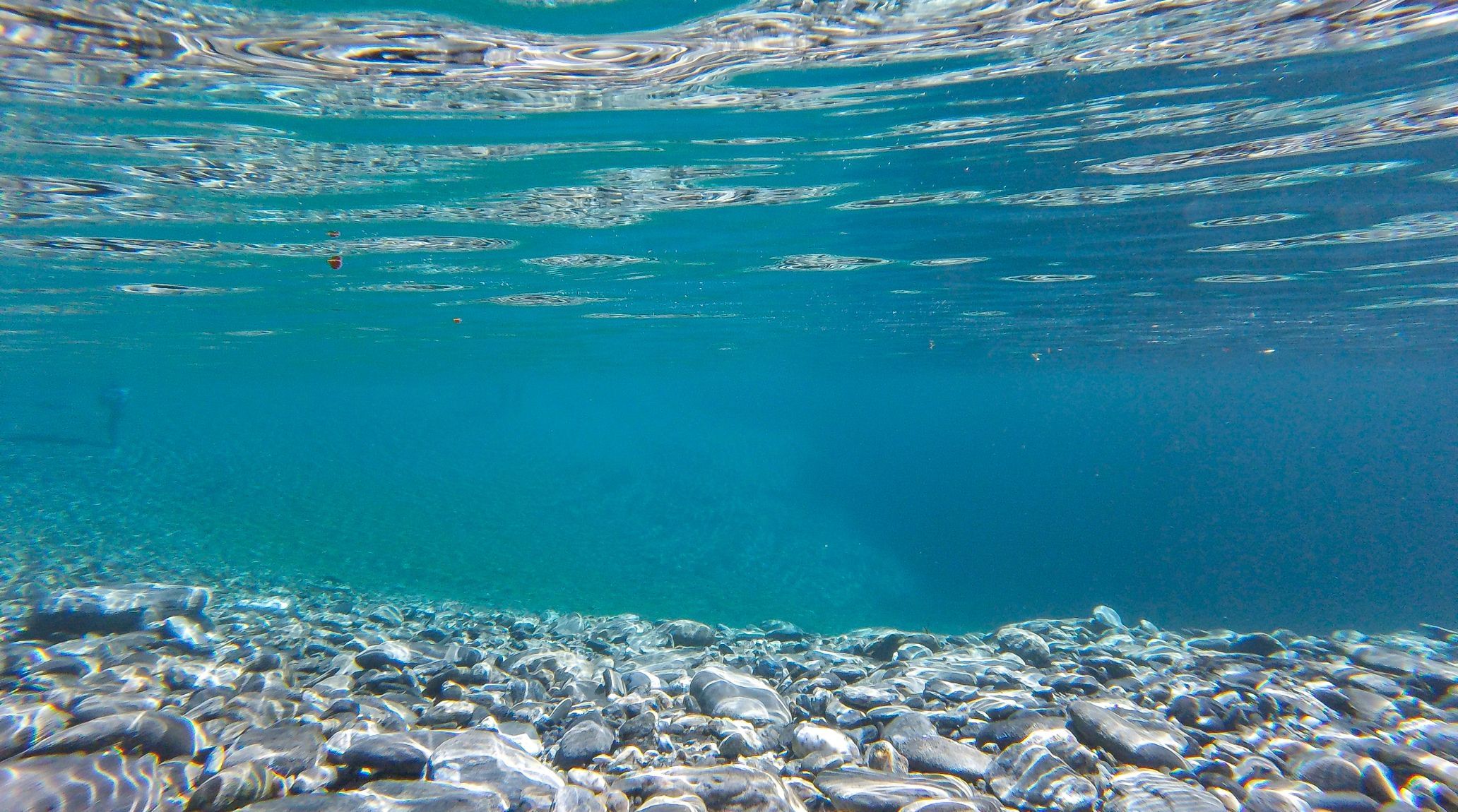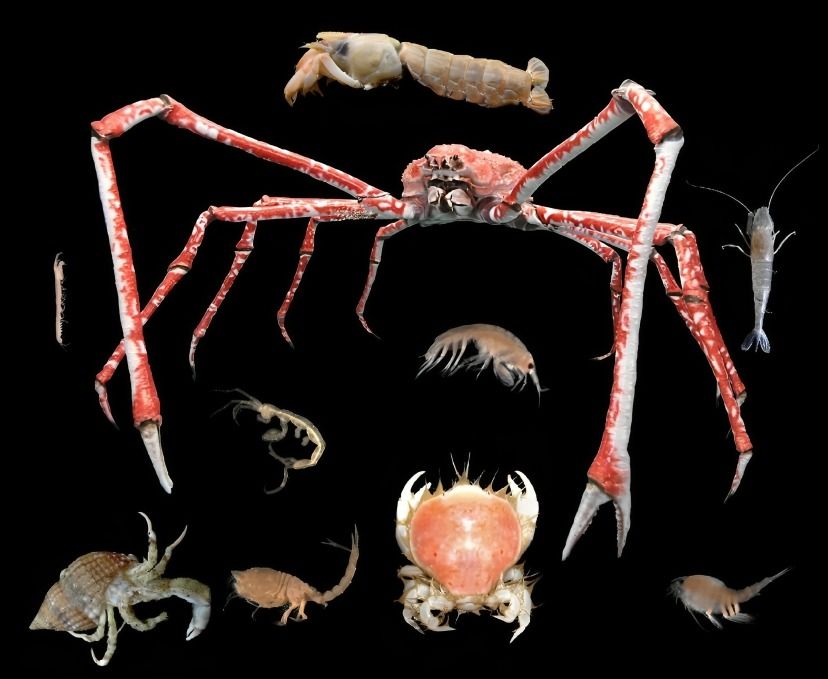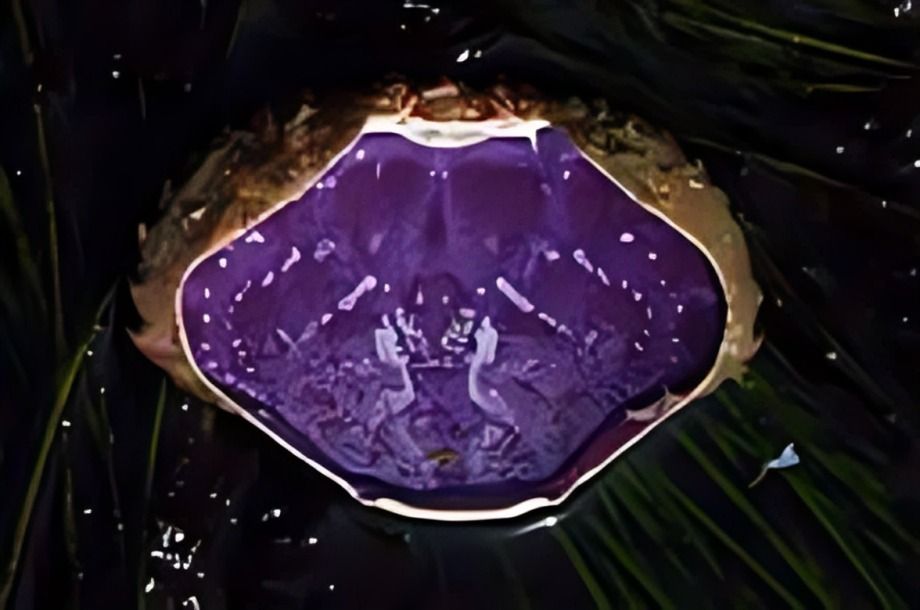
“
Crustaceans are a diverse group of aquatic animals that rely on their specialized gills for respiration. These gills allow them to extract oxygen from water, making them well-adapted to life in oceans, rivers, and lakes. In this article, we'll explore 15 fascinating facts about the crustacean respiratory system. From how their gills function to the adaptations that help them survive in different environments, you’ll gain a deeper understanding of these incredible creatures.1
1
”

Most crustaceans, including crabs, lobsters, and shrimp, breathe using gills. These gills are thin, feathery structures that allow for efficient gas exchange. Other arthropods may respire using book gills, book lungs, or a tracheal system.
The feathery design of crustacean gills maximizes the surface area, allowing for more oxygen to diffuse into their blood. This is crucial for species that live in water where oxygen concentration can be low. 1
Crustaceans have special appendages called scaphognathite, which help direct water flow over their gills. These appendages continuously pump water across the gill surfaces. 2
Oxygen enters a crustacean’s bloodstream by diffusing through the thin walls of the gills. The blood vessels surrounding the gills absorb the oxygen, which is then transported throughout the body. This oxygen is crucial for cellular respiration and energy production. 3
Crustacean gills are housed in branchial chambers, which serve as protective cavities. These chambers ensure that gills remain moist and functional while preventing damage from debris. 4

Unlike humans, many crustaceans use hemocyanin as their respiratory pigment instead of hemoglobin. Hemocyanin is copper-based, which gives their blood a blue color when oxygenated.
Crustaceans generally have lower oxygen demands compared to mammals, which makes them well-adapted to aquatic environments. Their slower metabolic rate means they can survive in oxygen-poor waters. 5
Some terrestrial crustaceans, like woodlice and land crabs, have evolved to extract oxygen from air. Their gills need to remain moist to function, which is why they thrive in humid environments.6
Tiny crustaceans like copepods rely on simple diffusion through their thin exoskeletons to meet their oxygen needs. These organisms do not have specialized respiratory structures like gills. Instead, oxygen simply diffuses through their body surface. 7
Amphibious species such as fiddler crabs have adapted to survive both in water and on land. They can breathe in water using their gills but can also extract oxygen from the air if their gills are kept moist. 8
Some burrowing crustaceans, like mud shrimp, respire through elongated gill filaments that extend into water-saturated mud. These specialized gills allow them to extract oxygen from the surrounding mud, where oxygen levels can be extremely low. 9
The carapace, a hard protective shell covering a crustacean’s body, plays a crucial role in respiration by shielding the gills. While it protects the gills from physical harm, it also requires the animal to molt periodically. 10
Some species, like lobsters, use muscular contractions to pump water over their gills actively. This method of active ventilation ensures that the gills are constantly bathed in oxygenated water. 11
Many crustaceans can tolerate low-oxygen (hypoxic) conditions, which are common in deep-sea or stagnant environments. Their ability to survive in these conditions is partly due to their efficient gill structure and use of hemocyanin. 12

Lobsters have a unique respiratory system, with gills located at the base of their legs. This placement allows them to take in oxygen while moving, ensuring that their respiration continues even during activities like walking or digging.


